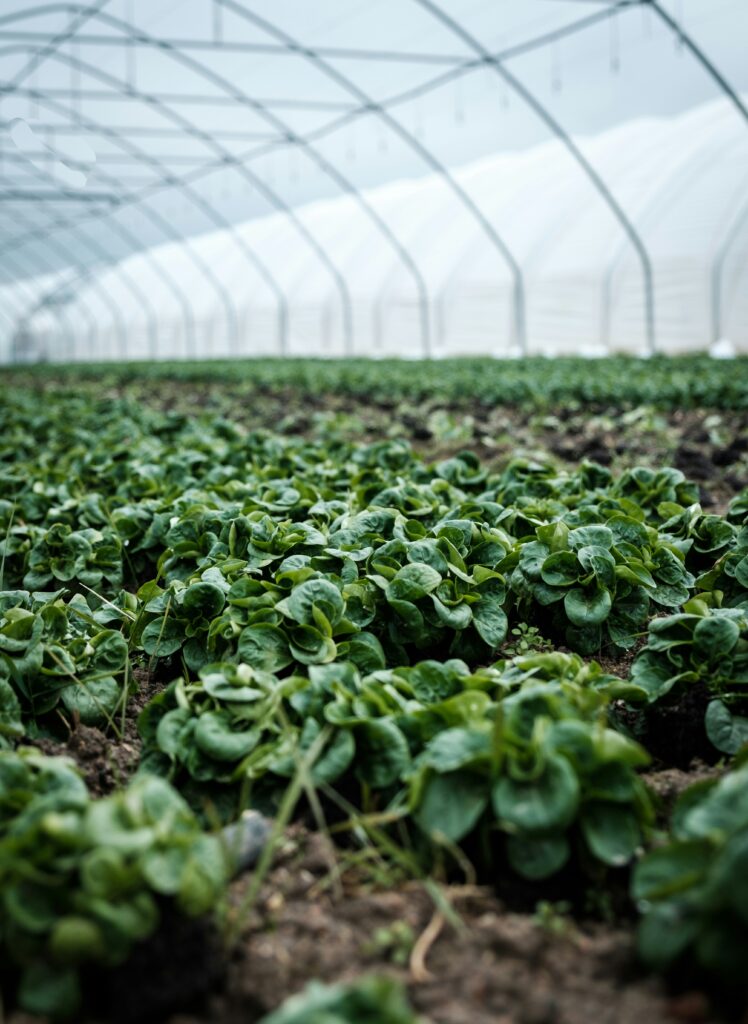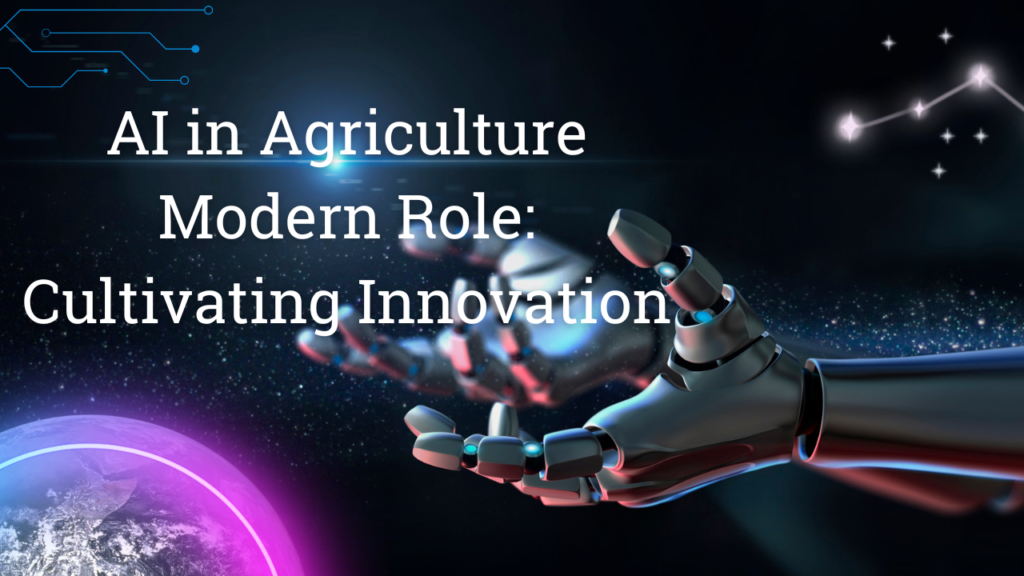Did you know that by 2050, we need to increase food production by 70% to feed a growing population? Yet, climate change and resource scarcity threaten our ability to do so. Thankfully, AI in agriculture is emerging as a powerful ally, offering innovative solutions to boost efficiency, sustainability, and productivity in farms across the globe. This article explores how AI is transforming agriculture, from precision farming practices to predictive analytics and robotic automation.
Unleashing Precision with AI in Agriculture
Agriculture has undergone a revolution because of precision farming, which replaces generic techniques with customized plans based on the demands of each land. This method entails obtaining and examining information on crop health, water availability, soil fertility, and other topics. However, manually processing this massive volume of data is not feasible. Here’s where AI in agriculture shines, serving as a potent tool to unlock hitherto unattainable levels of accuracy and productivity.
AI-powered Soil Wizards: Optimizing Soil & Water Management
Imagine AI algorithms acting as digital soil consultants. By analyzing data from soil sensors, they recommend precise fertilizer application, minimizing waste, and optimizing nutrient uptake. No more guesswork, just data-driven decisions that maximize yield and environmental benefits.
Furthermore, AI-powered systems become vigilant water guardians. They monitor weather patterns and soil moisture in real time, automatically adjusting irrigation based on specific needs. This conserves precious water while ensuring crops receive the exact amount they need to thrive.
AI-powered Crop Sentinels: Early Detection of Threats
Imagine drones equipped with AI-powered vision soaring over fields, acting as tireless sentinels. These futuristic guardians scan crops, identifying diseases and pests at their earliest stages. This allows for targeted interventions, minimizing pesticide use and ensuring timely treatment for optimal crop health.
By wielding the power of AI, precision farming transcends mere data analysis. It becomes a proactive guardian, optimizing resources, safeguarding crops, and paving the way for a more sustainable and productive future.
Building a Sustainable Future with AI in Agriculture

AI has proven to be an invaluable tool in agriculture, assisting in the effective management of resources and optimizing operations to accommodate the expanding population while protecting the planet’s health.
Conserving Resources with AI-powered Precision:
Imagine minimizing fertilizer and water waste while maximizing crop yields. AI-powered solutions like soil sensors and irrigation systems gather real-time data, allowing for targeted application of inputs only where needed. This not only improves efficiency but also minimizes environmental impact, reducing water pollution and conserving precious resources.
Minimizing Footprint: AI Optimizes Operations for Lower Emissions:
The energy used, farm equipment, and tractors all add to the carbon footprint of the agriculture industry. However, AI can lessen this effect. Route optimization, fuel consumption management, and field operation scheduling are all made possible by AI-powered systems. This results in less fuel being used, fewer pollutants, and a smaller carbon footprint, all of which improve the environment and human health.
The benefits of AI for sustainable agriculture go beyond resource conservation and emission reduction. AI can also be used to promote biodiversity, protect soil health, and adapt to climate change. This technology plays a critical role in shaping a future where agriculture thrives in harmony with the environment, ensuring food security for generations to come.

Challenges and Considerations for AI in Agriculture
While AI offers immense potential for agriculture, it’s not without its challenges.
Cost & Accessibility: Bridging the Digital Divide:
Advanced AI solutions can be pricey, requiring significant infrastructure upgrades. This digital divide might leave smaller farms and remote regions at a disadvantage, hindering widespread adoption.
Data Privacy & Security: Building Trust in a Digital Age:
Farmers entrust AI with valuable data about their land and crops. Ensuring robust data security measures and transparent data handling practices is crucial to building trust and encouraging wider adoption.
Bridging the Knowledge Gap: Empowering Farmers with AI Savvy:
Not all farmers have the technical expertise to use AI effectively. Educational programs and support systems must bridge this knowledge gap, ensuring farmers can harness the full potential of these technologies.
For AI adoption in agriculture to be egalitarian and long-lasting, these issues must be resolved. Unlocking AI’s full potential for a more sustainable and productive future for all depends on cooperation between academic institutions, IT firms, and farmers.
FAQ(s)
What’s the buzz about AI in agriculture?
AI in agriculture, or the application of artificial intelligence technology, is transforming farming techniques. From analyzing soil data to optimizing fertilizer usage to deploying robots for automated activities, it opens up new opportunities for farmers.
How can I learn more about AI in agriculture?
The good news is there are plenty of resources available! You can:
- Explore online resources: Numerous websites and government agencies offer valuable information on AI in agriculture.
- Attend workshops and conferences: Many organizations hold educational programs specifically focused on AI in agriculture.
- Connect with other farmers: Share experiences and learn from each other’s journeys with AI.
- Seek expert advice: Talk to consultants and specialists in AI and agriculture for personalized guidance.


